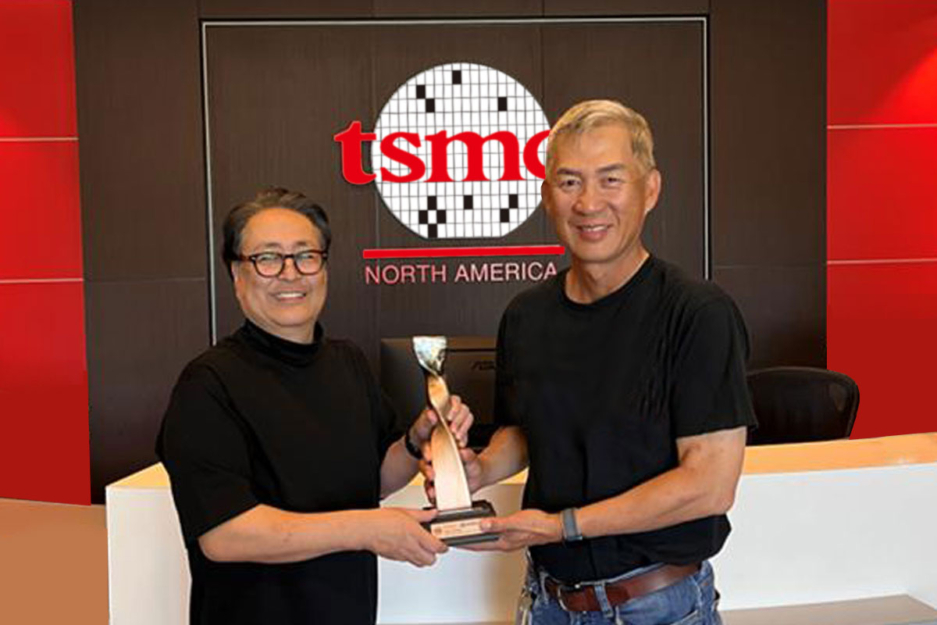A Simple Key For apollo4 Unveiled
A Simple Key For apollo4 Unveiled
Blog Article

Welcome to The brand new NASA website. We’re Operating to continually help your Internet knowledge. If you do not uncover Anything you are trying to find, give suggestions.
The astronauts were being winched on board the Restoration helicopter. BIGs have been worn till they attained isolation services on board Hornet. The raft that contains decontamination resources was intentionally sunk.[194]
Apollo 4 about the start pad Apollo 4 was the initial flight of the Saturn V. At some time, it was the most important start automobile to at any time endeavor a flight.[34] This mission was the first time NASA utilized "all-up" testing, necessitating that every phase with the launch automobile function and the auto have a Performing spacecraft; a call that goes again to late 1963.[35] Mueller, The pinnacle of the NASA Office of Manned Space Flight at that time, was a methods engineer who Formerly worked on armed forces missile assignments. He had identified that each one-up screening was productively accustomed to speedily acquire the Air Pressure's Minuteman ICBM software, and imagined it could be accustomed to satisfy Apollo's timetable.[36] Within a 1963 memo he ordered that each the very first Saturn IB flight and the very first Saturn V flight be uncrewed, that every phase be entirely practical, and that each carry a Doing the job spacecraft.
Objectives with the Apollo four mission were being to achieve flight knowledge about the Saturn V and spacecraft structural integrity and mutual compatibility, which include on flight hundreds And through the separations as Just about every Saturn V stage was exhausted and was discarded.
They argued that the primary human being to stroll to the Moon ought to be like Charles Lindbergh, a peaceful and tranquil person. They produced the choice to alter the flight strategy Hence the commander was the main to egress from your spacecraft.[ninety eight] Pre-start
With around 2MB of MRAM and a couple of.75MB of SRAM, the Apollo4 Plus has more than sufficient compute electrical power and storage to manage advanced algorithms and neural networks though displaying vibrant, crystal-clear, and smooth graphics.
As Ambiq’s longstanding strategic companion, EDBI continues to be dedicated to fostering the company’s ongoing growth in Asia with Singapore as its launchpad. We also congratulate Ambiq on achieving this important milestone and warmly invite gifted persons to hitch the business on its transformative journey."
[242] The remains of the ascent phase lie at an unfamiliar area around the lunar surface, just after staying abandoned and impacting the Moon. The location is unsure due to the fact Eagle ascent stage wasn't tracked immediately after it had been jettisoned, and the lunar gravity area is sufficiently non-uniform to help make the orbit with the spacecraft unpredictable right after a short time.[243]
On May possibly 24 it was declared that the S-II could well be taken off for inspection adhering to the discovery of hairline cracks in another S-II then becoming built, this perform remaining accomplished by mid-June, and then the CSM was also returned into the stack, the first time the start vehicle and spacecraft had been thoroughly assembled. It absolutely was rolled out to LC-39 on August 26, 1967,[fourteen] the place it absolutely was joined because of the Cell Servicing Framework that permitted use of the start automobile and spacecraft two days later on, also transported by crawler.[18] This was The 1st time a NASA spacecraft were assembled clear of its launch web site, something permitting defense from Florida's very hot and humid climate for equipment and personnel.[19]
With President John F. Kennedy’s deadline approaching for landing a person about the Moon by the end of your 10 years, NASA Associate Administrator for Manned House Flight George E. Mueller selected a bold tactic to the Saturn V rocket’s initial flight. In lieu of the greater conservative method of initially screening each rocket phase individually, and afterwards flying the whole rocket, he chose the “all-up” solution, through which all of the rocket’s levels will be analyzed on just one flight.
In the mission, the cause was diagnosed as the rendezvous radar change remaining in the incorrect placement, causing the computer to process knowledge from both equally the rendezvous and landing radars at the same time.[121][122] Program engineer Don Eyles concluded in the 2005 Advice and Regulate Conference paper that the challenge was due to a hardware style and design bug previously observed through tests of the very first uncrewed LM in Apollo 5. Acquiring the rendezvous radar on (so it absolutely was warmed up in case of an emergency landing ambiq abort) must have been irrelevant to the pc, but an electrical phasing mismatch involving two parts of the rendezvous radar method could lead to the stationary antenna to seem to the pc as dithering forwards and backwards between two positions, based upon how the hardware randomly driven up.
Even though it was built as Component of the 3rd stage, the interstage remained connected to the next phase. The third stage didn't use much fuel to enter into LEO (Small Earth Orbit), because the 2nd stage experienced completed the majority of the task.[eleven]
The heat shield was upgraded to dam II benchmarks considering the fact that Apollo four's significant-pace re-entry into Earth's atmosphere was intended to simulate a return within the Moon.[29] Distinctive devices were set up to allow Mission Command to work the CSM's programs remotely, and there was a camera that would quickly acquire photographs out of one of the CM's Home windows on its ultimate orbit.[30] Since Apollo four carried no crew the CM lacked couches, controls and displays.[31]
providing the Apollo spacecraft that has a free of charge-return trajectory, one that might allow it to Coastline around the Moon and safely and securely return to Earth with out necessitating any engine firings need to a problem come up on just how for the Moon;
Get Smart. Use Less Energy.
Ultra-low power SoCs for IoT endpoint devices
that demand complex operations
and longer battery life.
✍ Ambiq® is committed to further improve the quality of life by enabling the intelligence of endpoints while further reducing carbon footprints. Ambiq – your partner in endpoint intelligence.
✯✯✯Based in Austin, San Jose, Hsinchu, Shenzhen, and Shanghai, our leadership and management teams consist of advocates, builders, enthusiasts, entrepreneurs, explorers, incubators, inventors, pioneers, protectors, thinkers, and visionaries. With a diverse spectrum of experiences and skillset, we came together and united with one goal to enable the true Internet of Things where the battery-powered endpoint devices can truly be connected intuitively and intelligently 24/7.
Ambiq Wins the Demo of the Year Award at 2023 TSMC Technology Symposium
September 7, 2023, Austin, TX – Ambiq®, a leading developer of ultra-low-power semiconductor solutions that deliver a multifold increase in energy efficiency, was awarded the Demo of the Year Award by TSMC as a participant of the Innovation Zone at the 2023 TSMC North America Technology Symposium.
Ambiq Wins the Demo of the Year Award at 2023 TSMC Technology Symposium
During the April event, Ambiq showcased various product design wins using TSMC’s 22nm technology in wearables, digital health, smart home, Industrial IoT, pet trackers, and retail segments, with industry-leading energy efficiency. Ambiq also featured two live demos emphasizing its leadership in enabling endpoint AI with its HeartKit™ for remote patient monitoring and its graphics display capabilities for a vivid user interface. 
TSMC pioneered the pure-play semiconductor foundry business apollo mcu model when it was founded in 1987, helping startup companies accelerate their innovations by providing access to the industry’s leading process technologies and manufacturing capacity. Since 2021, TSMC has expanded that mission with an Innovation Zone at its worldwide Technology Symposiums, highlighting how TSMC partners with startup companies to enable cutting-edge products from various applications, including high-performance computing, communication, automotive, IoT, and consumer segments.
“We’re grateful to TSMC and our booth visitors for allowing us to share our energy-efficient technology and processor solutions with them,” said Ambiq’s CEO, Fumihide Esaka. “We’re moving towards an exciting frontier of AI becoming more engrained with our daily lives. With that vision on the horizon, we will continue to develop innovative and first-of-its-kind ultra-low-powered solutions that keep innovation and sustainability in mind. 
Ambiq’s mission is to develop the lowest-power semiconductor solutions to enable intelligent devices everywhere by developing the lowest-power semiconductor solutions to drive a more energy-efficient, sustainable, and data-driven world. Ambiq has helped leading manufacturers worldwide develop products that last weeks on a single charge (rather than days), while delivering a maximum feature set in compact industrial designs. Ambiq’s goal is to take Artificial Intelligence (AI) where it has never gone before in mobile and portable devices, using Ambiq’s advanced ultra-low power system on chip (SoC) solutions. Ambiq has shipped more than 200 million units as of March 2023.
Ambiq Designs Low-Power for Next Gen Endpoint Devices
Ambiq’s VP of Architecture and Product Planning, Dan Cermak, joins the ipXchange team at CES to discuss how manufacturers can improve their products with ultra-low power. As technology becomes more sophisticated, energy consumption continues to grow. Here Dan outlines how Ambiq stays ahead of the curve by planning for energy requirements 5 years in advance.
Facebook | Linkedin | Twitter | YouTube